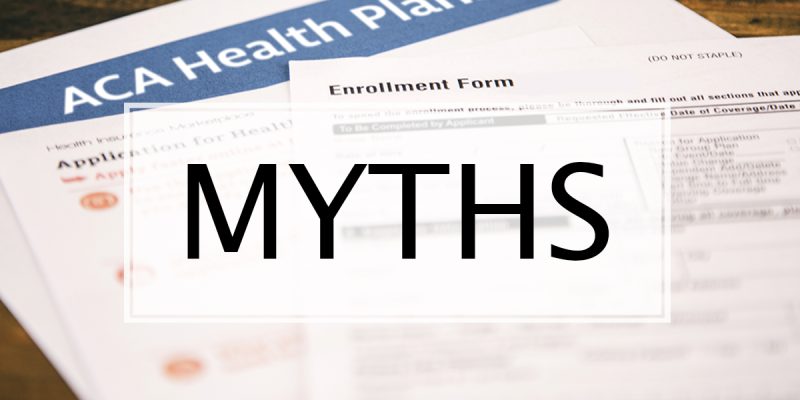Numerous Health Insurance Subsidy misconceptions prevent effective changes from being developed and prevent the accurate detection of systemic issues. Complex matters are frequently oversimplified to the point of being untrue or misleading, even though many of them are founded on a kernel of truth.
The establishment of a fruitful discussion on reform initiatives is hampered by several widespread misconceptions regarding the advantages and structure of the Health Insurance Subsidy. These misconceptions prevent both the accurate diagnosis of issues with the present system and the formation of a crucial bipartisan agreement on how to implement reform.
In its most basic form, insurance functions by pooling risks: many people pay a premium in advance, and those who have a negative event (such as becoming ill, being in a car accident, or having their home burn down) receive compensation from the premiums that have been collected. The estimated cost of care for everyone in the pool is reflected in the premium for health insurance.
People with earnings below a particular threshold can obtain health insurance at a discounted or free cost. Medicaid and the Children’s Health Insurance Program are examples of coverage that is subsidized (CHIP). Subsidized coverage is another name for insurance plans purchased via the marketplace that get premium tax credits.
Myth 1: Sick people without insurance can’t find affordable policies
Sick individuals with insurance and sick persons without insurance pose significantly distinct public policy concerns. People who have previously acquired insurance and then get ill present a unique dilemma for the insurance industry: insurance covers more than just the danger of unforeseen high spending this year, it also covers the risk of continuously higher future expenses in the event of chronic disease.
However, this is not always the case in the modern day. With this type of protection, subscribers’ premiums would not increase just because they became ill.
Myth 2: By reducing expensive and ineffective emergency room care
We could pay less and receive more, and who could be against that? Is a typical and deceptively tempting justification for increasing insurance coverage. However, this misunderstanding has little factual backing, much like the majority of cures that offer something for nothing.
Through improved medical management and prevention, having Health Insurance Subsidy may reduce spending on ER visits and other publicly funded care used by the uninsured.
Myth 3: The main obstacle to receiving high-quality care is a lack of insurance.
Although having insurance may enhance the amount of treatment you receive, it does not ensure that you will receive high-quality care. According to recent research, Americans only obtained about 60% of the required healthcare, encompassing acute, chronic, and preventive care—including low-cost treatments like flu shots and antibiotics for surgery patients.
As a result, even while obtaining insurance would probably improve outcomes for those without it, it is far from the only change the health system requires.
When these findings demonstrating the lack of a relationship between spending and quality were first published, there were two predictable responses from skeptics: first, patients in high-spending areas were more satisfied even though their measurable health outcomes were the same because they were sicker patients who were less likely to receive these therapies.
Myth 4: Employers may bear more of the cost of insurance coverage
Regardless of who sends the payment to the insurance provider, employees are ultimately responsible for the cost of the health insurance they get via their employer. The idea that we can persuade companies to foot the bill for offering Health Insurance Subsidy comes from the false belief that employers fund benefits from a pool of earnings. Regardless of a company’s profitability, valued perks are largely funded by employee compensation.
Myth 5: The Keys To Lowering Costs Are Competition And High-Deductible Health Plans
Though it is not the miracle solution that some claim it to be, greater patient cost sharing would be beneficial. It is unquestionably true that first-dollar insurance coverage (i.e., insurance for the first dollar of medical expenses or insurance with very low-cost sharing in general).
Promotes the use of treatments with very low marginal benefits and that greater cost sharing would aid in reducing the use of discretionary treatments with dubious value. However, there is also data to suggest that individuals use expensive medications less frequently when faced with higher cost sharing.
Read More: How Affordable Health Insurance Work & What You Need to Submit























Comments